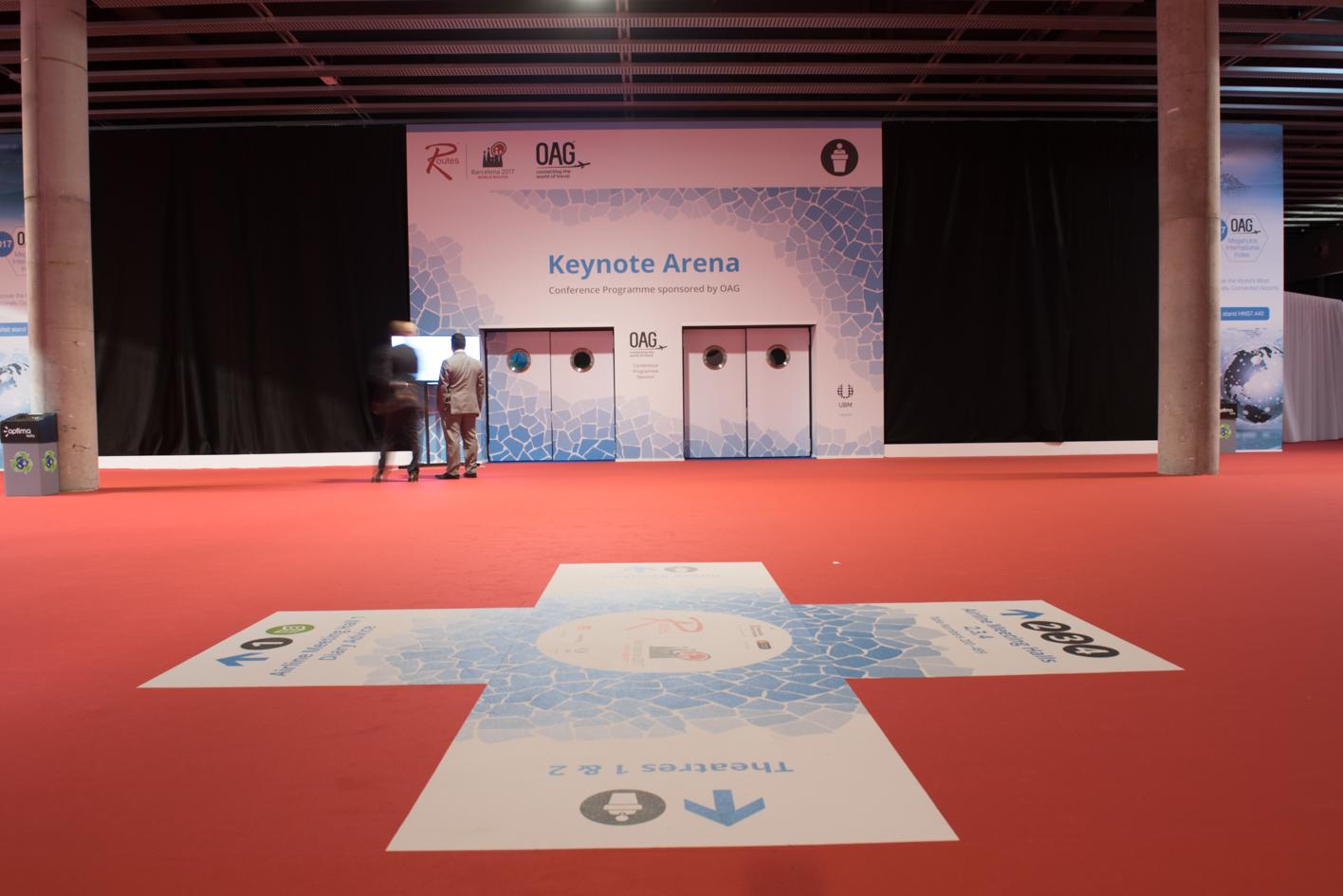
US security pre-clearance zones in other countries may cause more problems than they solve.
Speaking at the Spotlight on the US session at World Routes 2017 in Barcelona, IATA regional vice president the Americas Peter Cerdá said some airports cannot deal with the additional pressure.
He added: “All airports are highly congested. You have to cross your national border, go through security and immigration and then US pre-clearance. When you’re trying to run a hub operation this makes connectivity very tight.
“Our concern is the wait time for the passenger is going to be much more longer and the experience is not as efficient.
“It is something the government has to make sure the resources are in place.”
US Travel Association senior director, domestic policy Erik Hansen agreed, adding where airports already have issues with security and staffing, trying to host a pre-clearance facility adds additional pressure.
He said: “It is simply too large not to solve this issue with staffing and finding a long-term solution.”
Hansen added while pre-clearance might be one issue, infrastructure also remains an issue for US airports.
He said: “The idea that we don’t need to invest in airport infrastructure is a misnomer.”
Hansen added Los Angeles, JFK and La Guardia airports would all benefit from landside improvements, saying: “We have out dated infrastructure from landside and airside throughout the terminals and we’re going to need to address that issue.”
JetBlue senior vice president – airline planning Scott Laurence added: “The challenge we see in airports in a lot of cases is not limited to additional infrastructure. In a lot of cases the airports are (physically) constrained.
“One of the reasons we are pushing for air traffic control (ATC) (reform) is airports don’t have a lot of space to grow and are penned in.”
All the panel agreed ATC remains an issue in the US with Cerdá adding it now takes 20 minute longer to fly from New York to Washington DC than it did in the 1990s thanks to delays and other issues.
